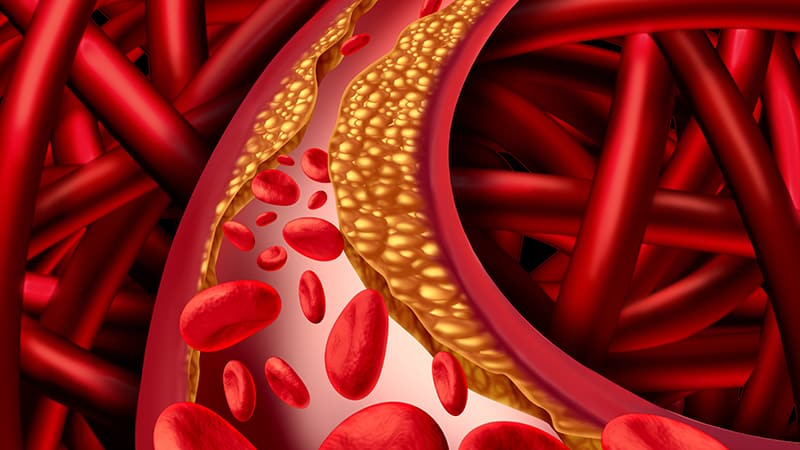All of the current data released in the past 2-3 years strongly indicates that drug safety is becoming a national epidemic and threatening the lives and health of millions of Americans. If you take prescription medication you must consider the following data.
A study released in 2007 showed that reports of serious adverse drug effects reported to the US food and drug administration more than doubled from the years 1998 to 2005. A serious adverse drug event is defined as one that results in death, a birth defect, disability, hospitalization, was life threatening, or needed intervention to avoid harm.
The number of adverse drug reactions that resulted in death was 5,519 people per year in 1998, 15,107 people per year in 2005 and 22,134 in 2010. This is cause for alarm.
Understanding the Reason:
Some theories exist as to why adverse drug reactions are skyrocketing; but first, it is important to recognize what is not contributing to the rise. The sharp increases cannot be explained by better reporting methods or an increase in prescriptions given out according to researchers. The overall relative increase in adverse events was four times more than the growth of outpatient prescriptions.
One reason for the dramatic increase in serious adverse events has to do with more drug prescriptions to an older population. This has more to do with the way older people metabolize drugs than with the increased prescriptions in general.
It is clearly known that as we age, our bodily functions and metabolism change. Aging creates deficits in the way our body can metabolize drugs via the kidney’s and liver. Decreased body weight as we age also increases the potency of prescriptions. A change in fat to muscle ratio allows drug metabolites to more readily build up in the body potentially causing greater toxicity. A significant change in the way a human body metabolizes drugs starts as early as age 35 and can be significantly different by the time an individual reaches the age of 45. These factors are rarely taken into account when doctors write prescriptions.
Perhaps one of the most significant problems that drugs pose to older individuals is the cumulative toxic effects that occur when multiple drugs are combined. As people age it is very common for multiple prescriptions to accumulate, and, while we may know the potential side effects of an individual drug, less is known about side effects that occur when multiple drugs are combined.
Another important consideration is related to the massive rise of opioid related drug prescriptions for pain management. For example, out of the total reported 22,134 deaths related to prescription drugs in 2010, roughly 16,000 of those deaths were are result of opioid pain medications like oxycodone.
The Worst Drug List:
Researchers compiled a list of medications that were most commonly identified to be either fatal or associated with disability and serious outcomes. You might be surprised to see that the number five drug on the Fatal Events list, Acetaminophen, is not even a prescription medication. Furthermore the number eight drug on the disability and serious outcomes list, Lipitor, was the number 1 prescribed drug in the United States for the year 2007.
Top 15 Drugs Associated with Fatal Events:
1. Oxycodone
2. Fentanyl
3. Clozapine
4. Morphine
5. Acetaminophen (Tylenol)
6. Methadone
7. Remicade
8. Interferon
9. Risperdal
10. Enbrel
11. Taxol
12. Acetaminophen-hydorcondone (Vicodin, Lortab)
13. Zyprexa
14. Vioxx (no longer available in the U.S.)
15. Paxil
Top 15 drugs associated with disability or serious outcomes:
1. Estrogens
2. Insulin
3. Remicade
4. Interferon beta
5. Paxil
6. Vioxx (no longer available in the U.S.)
7. Warfarin/Coumadin
8. Lipitor
9. Enbrel
10. Celebrex
11. Phentermine
12. Clozapine
13. Interferon alfa
14. Zocor
15. Effexor
Drug therapy is not a bad thing at all. It saves the lives and improves the quality of life of millions of American’s every day. However, we must understand that the current medical model focuses on disease treatment and not disease prevention which is not a good model for health care. The current medical model will continue to promote high volume prescriptions (as of 2001 there were 2.8 billion prescriptions written each year which is an average of 9.9 prescriptions per American) which will result in increasing numbers of adverse drug reactions.
Avoiding Adverse Drug Reactions:
Educate yourself about the drug you are being prescribed. Research has shown that being more informed about potential side effects of a prescribed medication reduces the risk of having a serious adverse reaction to that medication. Therefore it is suggested to read the literature on any drug you are prescribed and to talk to your local pharmacist about potential adverse drug effects particularly if you are being prescribed multiple medications.
Implement Anti-Aging Techniques:
Because the risk of having an adverse event becomes so much higher as we age, preventing the need for prescription drugs by staying healthy after the age of 40 is one of the best insurance policies to avoid succumbing to the pitfalls of adverse pharmaceutical events. Many of the top drugs that are likely to cause adverse reactions are prescribed for conditions that can often be successfully addressed with proper lifestyle habits. One common example is high cholesterol.
Additionally, the class of drugs most associated with adverse reactions leading to death is drugs for pain management. Increased physical exercise and activity in addition to healthy low inflammatory diet reduces the risk of acquiring certain injuries or pain related problems. In addition, being in better physical health allows for quicker recovery time from injury reducing the need for long-term pain management medications.
The number 15 drug on the list of most commonly identified drugs in fatal events is Paxil and the number 15 drug on the list of most commonly identified drugs in disability or serous outcomes is Effexor, both anti-depressants. Numerous studies have shown that exercising for 30 minutes 5-6 days a week works better at relieving symptoms of depression than most selective serotonin reuptake inhibitor anti-depressant drugs. It also improves cardiovascular health, reduces cholesterol, promotes joint mobility, lowers blood pressure, facilitates weight loss, improves cognitive function and reduces the risk of certain cancers.
Staying in good shape by exercising, eating right and taking a well balanced supplement regimen helps to prevent the possibility of acquiring conditions that result in the need for pharmaceutical interventions.
Doing a quarterly detox can also help rebalance and cleanse the body, possibly minimizing the need for certain medications. Join Dr. Passero’s upcoming 7 day group detox today!
To receive more articles like these, join Dr. Passero’s newsletter!









